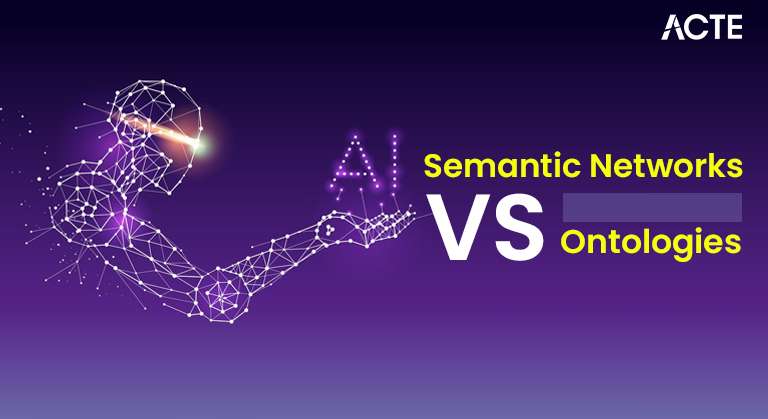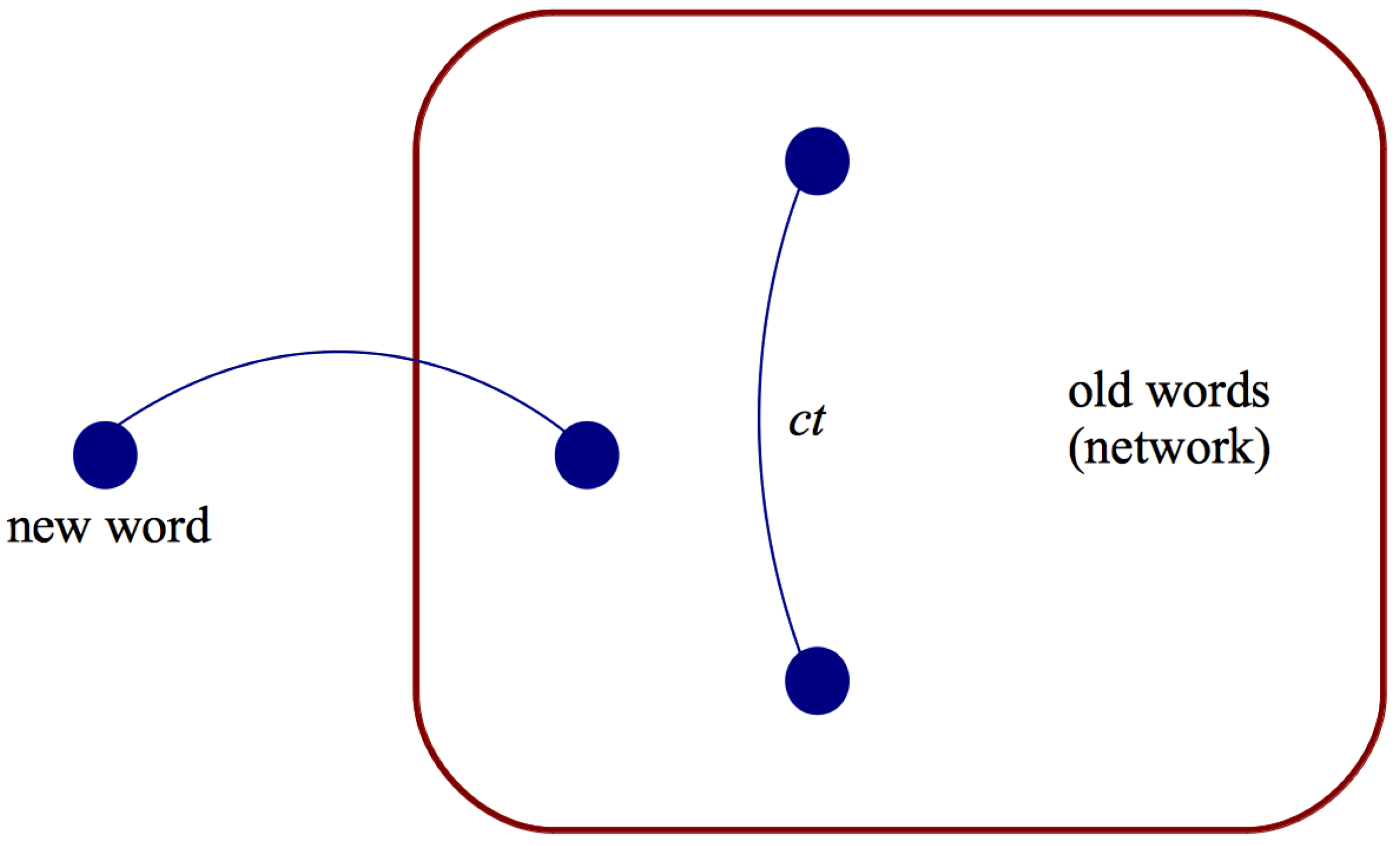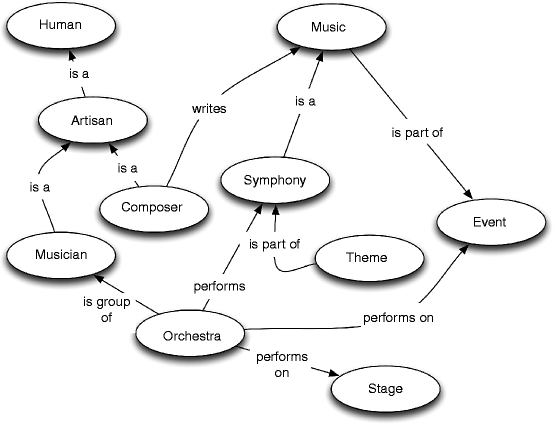
- Introduction to Artificial Intelligence
- Definition of Semantic Networks
- History and Evolution of Semantic Networks
- Components of a Semantic Network
- Types of Semantic Networks
- How Semantic Networks Represent Knowledge
- Applications of Semantic Networks in AI
- Semantic Networks vs Ontologies
- Challenges in Implementing Semantic Networks
- Conclusion
Introduction to Artificial Intelligence
Artificial Intelligence (AI) is the field of computer science that focuses on creating machines or systems capable of performing tasks that would typically require human intelligence. These tasks include problem-solving, decision-making, language understanding, visual perception, and pattern recognition. AI is divided into several subfields, including machine learning, natural language processing, robotics, and computer vision. A key challenge in AI and Data Science Training is representing and reasoning about knowledge in a way that allows systems to act intelligently. One powerful method of representing knowledge is through semantic networks—a framework used to model relationships between concepts in a structured way. AI systems can use semantic networks to derive inferences, understand contexts, and make decisions. In this article, we will explore semantic networks, their components, applications, and relevance in AI.
Eager to Acquire Your Data Science Certification? View The Data Science Course Offered By ACTE Right Now!
Definition of Semantic Networks
A semantic network is a graphical representation of knowledge where concepts (often called nodes) are linked by relationships (represented as edges or arcs). These relationships capture the meaning or associations between concepts, and the structure is typically designed to reflect how these concepts relate to one another in the real world. Semantic networks represent facts and relationships in a way that machines can process and reason about. For example, in a semantic network representing animals, the concept “Dog” might be connected to “Animal” with the relationship “is a type of.” Another relationship might connect “Dog” to “Barks” with the relationship “has property.” These relationships help define and structure knowledge about a given concept.
History and Evolution of Semantic Networks
- Semantic networks originated in the 1960s, with the development of the first formal knowledge representation structures. One of the early pioneers in this area was Quillian (1966), who proposed the concept of semantic memory, which laid the foundation for semantic networks.
- Quillian’s model emphasized storing facts and relationships in a network structure where each idea was linked to others, allowing for efficient retrieval and inference.
- In the 1970s and 1980s, researchers such as Miller and Collins expanded upon these ideas by developing more complex models of meaning and memory. Miller’s WordNet, a widely used lexical database in NLP, incorporated aspects of semantic networks by associating words with definitions and synonyms. These developments laid the groundwork for structured knowledge representation in both artificial intelligence and web technologies, influencing areas like HTML Semantics, where elements are used to clearly describe the meaning of content on web pages.
- The semantic network model became increasingly important as AI systems started to tackle natural language processing, reasoning, and knowledge representation.
- The evolution of semantic networks paralleled advances in computer science and AI, moving from theoretical models to more practical applications in machine learning, information retrieval, and expert systems.
- In modern AI, semantic networks model large-scale knowledge bases and support advanced reasoning capabilities.

Components of a Semantic Network
In a semantic network, knowledge is structured using several essential components that work together to represent information meaningfully. Nodes, also known as concepts, represent the entities or ideas within the network—these can include objects, actions, or attributes. For instance, “Dog,” “Animal,” “Barks,” and “Mammal” are all examples of nodes in a semantic network. These concepts are interconnected through edges, or relationships, which define how one node relates to another, much like an Organizational Structure where roles, responsibilities, and hierarchies are clearly defined. This network of interconnected nodes and relationships helps in systematically representing and reasoning about knowledge in a structured and meaningful way. These relationships can capture a wide variety of associations such as “is a type of,” “has property,” “is part of,” or “is related to,” providing a flexible framework for modeling real-world knowledge. Each of these relationships is often accompanied by labels that clearly define the type of connection between nodes. For example, the relationship between “Dog” and “Animal” might be labeled as “is a type of,” clarifying the hierarchical nature of the association. Additionally, some semantic networks include attributes that further describe a particular concept or entity, adding depth and specificity. For instance, the node “Dog” might have associated attributes like “color,” “size,” and “breed” to provide more detailed information about that concept. Altogether, these components form a rich, interconnected web of knowledge that AI systems can use for reasoning, inference, and decision-making. These components represent complex knowledge structures, enabling AI systems’ reasoning, inference, and decision-making processes.
Excited to Obtaining Your Data Science Certificate? View The Data Science Training Offered By ACTE Right Now!
Types of Semantic Networks
There are several variations of semantic networks, each designed to meet different knowledge representation needs. The most common types include:
- Classical Semantic Networks: These are traditional models in which concepts and their relationships are represented as nodes and edges. They are instrumental in representing taxonomies and hierarchical structures. For example, the network might connect the idea of “Dog” to “Animal” and then link “Animal” to more general concepts like “Living Organism.”
- Frame-Based Networks:Frames are a more complex type of semantic network used to represent structured knowledge. Each frame represents a particular concept (such as “Dog”) and contains slots (attributes) and fillers (values for those attributes). Frames are handy for representing real-world objects with multiple properties and are especially useful when introducing learners to the Basics of Data Science, where structured data representation and contextual understanding play a key role in organizing and analyzing information effectively.
- Network Models with Inheritance: These models allow knowledge to be inherited along hierarchical chains. For example, a “Dog” might inherit properties from “Mammal,” such as “Warm-Blooded.” Inheritance helps reduce redundancy and simplify knowledge representation.
- Dynamic Semantic Networks: These networks are adaptable and allow for modification and dynamic updates. They may be used in systems where new relationships or knowledge are added over time.
Interested in Pursuing Data Science Master’s Program? Enroll For Data Science Master Course Today!
How Semantic Networks Represent Knowledge
Semantic networks represent knowledge by organizing concepts and relationships in a graph-like structure, where the concepts (nodes) are linked by specific relationships (edges). This structure reflects real-world connections, making it intuitive for humans to understand and for machines to process. A semantic network represents a concept or entity as a node, and directed edges capture relationships between nodes, which is particularly valuable for implementing Artificial Intelligence in Robotics, where understanding and mapping relationships between objects, actions, and environments is crucial for intelligent behavior and decision-making. These relationships may indicate different kinds of connections, such as:
- Is-a (Hyponym/Hypernym): Represents hierarchical relationships between broader and narrower concepts. For instance, “Dog is a type of Animal.”
- Has-a (Part-whole): Represents part-whole relationships. For instance, “Dog Has a Tail.”
- Can-do (Capability): Indicates what an entity is capable of doing. For example, “Dog can Bark.”
Semantic networks represent knowledge in this way and allow AI systems to retrieve, reason about, and make inferences based on relationships between concepts.
Applications of Semantic Networks in AI
Semantic networks have various applications in AI, especially in areas that require structured knowledge representation, reasoning, and decision-making. Some notable applications include Natural Language Processing (NLP), Expert Systems, Ontology Development, Recommendation Systems, Robotics.In NLP, semantic networks capture word meanings, relationships between concepts, and contextual meanings. Providing a structured representation of language helps improve tasks such as information retrieval, text summarization, and machine translation. Expert systems use semantic networks to represent domain-specific knowledge and reasoning rules. They help solve complex problems by drawing inferences from structured knowledge, and Data science Training is essential to effectively utilize these methods. In AI, ontologies represent a formalized and structured knowledge base, and semantic networks often serve as a basis for creating these ontologies. AI widely uses ontologies for knowledge sharing and integration, particularly in fields like bioinformatics, robotics, and the semantic web. Semantic networks help recommendation systems understand the relationships between users, products, and preferences. By modeling these relationships, systems can provide more accurate and personalized recommendations. Semantic networks help robots understand and interact with their environments by modeling relationships between objects, actions, and goals. This allows for more intuitive task planning and decision-making.

Semantic Networks vs Ontologies
- Semantic Networks Focus on representing concepts and their relationships in a network-like structure. They are often used for informal and intuitive knowledge representation.
- Ontologies: They provide a more formal, structured, and explicit representation of knowledge, including specific rules and axioms. They are used for detailed knowledge management, reasoning, and interoperability, especially in areas like the semantic web.
- Scalability: As the network grows, managing and maintaining a sizable semantic network increases in complexity. Large-scale semantic networks can become challenging to query and update efficiently.
- Ambiguity: Human language is inherently ambiguous, and representing all possible meanings and relationships in a semantic network can be challenging. Different interpretations of a word or concept may lead to inconsistencies in the network.
- Complex Relationships: Traditional semantic networks may struggle to handle multi-faceted connections, and it can be difficult to represent complex relationships between concepts (such as temporal or causal relationships).
- Knowledge Representation Limitations: Semantic networks may not capture every nuance or subtlety in knowledge, especially in highly specialized domains. The inability to model deep or abstract concepts may limit their usefulness.
In essence, ontologies are a more advanced form of semantic networks with stricter definitions and more detailed relationships. However, semantic networks are often used as an entry point or precursor to creating ontologies.
Preparing for a Data Science Job Interview? Check Out Our Blog on Data Science Interview Questions & Answer
Challenges in Implementing Semantic Networks
Conclusion
Semantic networks are a powerful tool for representing knowledge in Artificial Intelligence systems. They allow for the efficient organization of concepts and relationships, making it easier for machines to reason, infer, and make decisions. Despite challenges such as scalability and ambiguity, semantic networks have applications across various AI domains, including natural language processing, machine learning, robotics, and expert systems. As AI continues to evolve, Data Science Training will play a crucial role in expanding the use of semantic networks, particularly in integrating deep learning and knowledge graphs. The future of semantic networks promises to enhance AI’s ability to understand, interpret, and act on complex knowledge, driving the next generation of intelligent systems.


